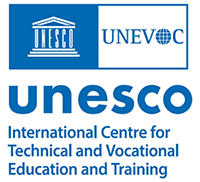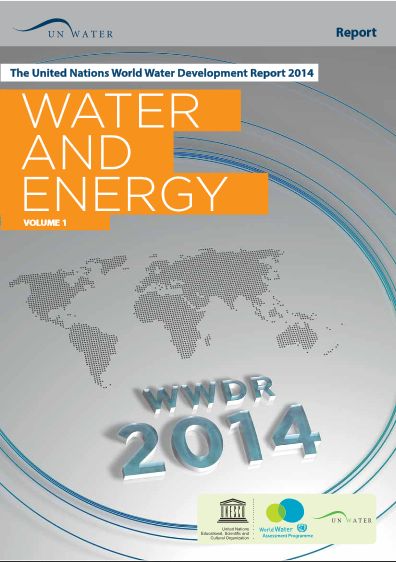
The UNESCO-UNEVOC International Centre: Who We Are | What We Do | Working With Us | Get in Touch
The UNEVOC Network: Learn About the Network | UNEVOC Network Directory
For Members: UNEVOC Centre Dashboard
Thematic Areas: Inclusion and Youth | Digital Transformation | Private Sector Engagement | SDGs and Greening TVET
Our Key Programmes & Projects: BILT: Bridging Innovation and Learning in TVET | Building TVET resilience | TVET Leadership Programme | WYSD: World Youth Skills Day
Past Activities: COVID-19 response | i-hubs project | TVET Global Forums | Virtual Conferences | YEM Knowledge Portal
Our Services & Resources: Publications | TVET Forum | TVET Country Profiles | TVETipedia Glossary | Innovative and Promising Practices | Toolkits for TVET Providers | Entrepreneurial Learning Guide
Events: Major TVET Events | UNEVOC Network News

| Publisher/s: | United Nations World Water Assessment Programme UNESCO |
| Published: | 2014 in Paris, France |
| ISBN: | 978-92-3-104259-1 |
Water and energy are closely interconnected and highly interdependent. Choices made and actions taken in one domain can greatly affect the other, positively or negatively. Trade-offs need to be managed to limit negative impacts and foster opportunities for synergy. Water and energy have crucial impacts on poverty alleviation both directly, as a number of the Millennium Development Goals depend on major improvements in access to water, sanitation, power and energy sources, and indirectly, as water and energy can be binding constraints on economic growth – the ultimate hope for widespread poverty reduction.
The Report provides a comprehensive overview of major and emerging trends from around the world, with examples of how some of the trend-related challenges have been addressed, their implications for policy-makers, and further actions that can be taken by stakeholders and the international community.
The WWDR 2014 on Water and Energy is the first that follows the new “formula” agreed by UN-Water in 2012. Indeed, the WWDR is now an annual and thematic report with a focus on different strategic water issues each year. It is shorter - in the order of 100 pages - with a standardized structure and data and case studies annexes related to the theme.